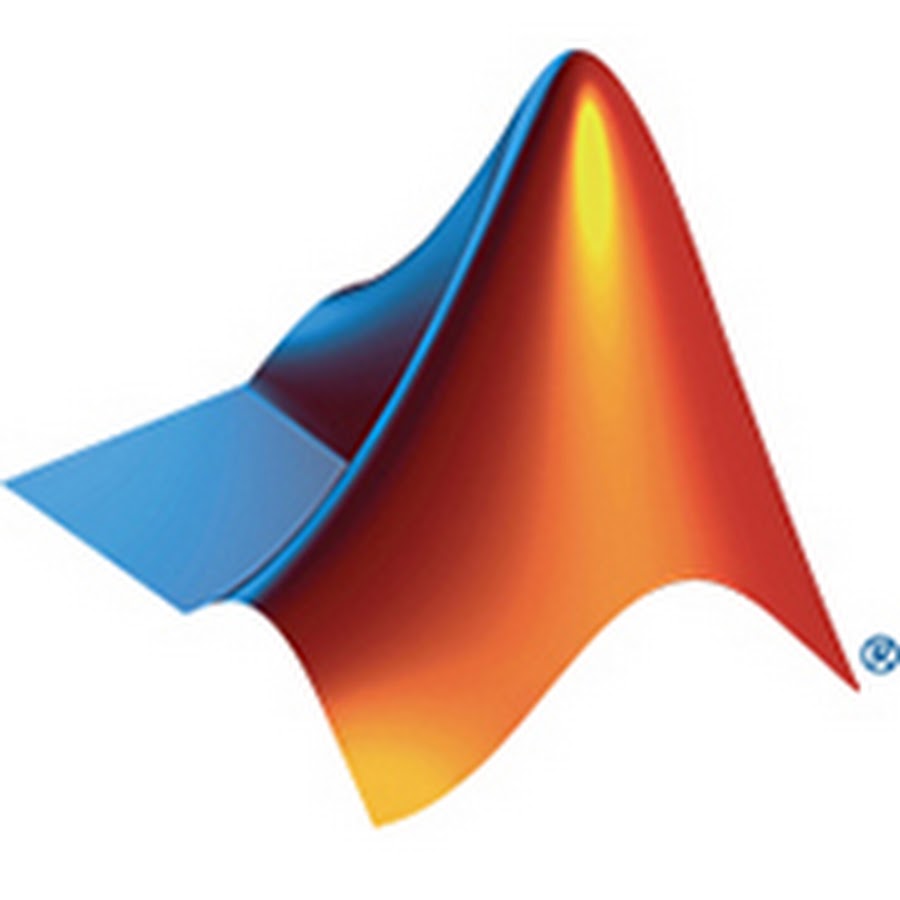
Matlab 2024a
Simulation; Graph Simulation; Visual Presentation; Graph Visulation
Description:
MATLAB (short for MATrix LABoratory) is a high-level programming environment developed by MathWorks that has become a cornerstone in modern scientific computing, engineering, and data analysis. Known for its flexibility, intuitive syntax, and powerful built-in toolboxes, MATLAB is widely used in academia and industry across fields such as physics, materials science, mechanical engineering, electronics, signal processing, and artificial intelligence.
What distinguishes MATLAB from conventional programming languages is its foundation in matrix and linear algebra operations. It allows users to prototype, simulate, visualize, and analyze data without requiring deep programming expertise. Its interactive command window, comprehensive plotting capabilities, and vast library of built-in functions make it suitable for solving mathematical problems, building models, running simulations, and creating graphical user interfaces (GUIs).
MATLAB is particularly advantageous for researchers who need to process large datasets, run computational models, or apply advanced numerical techniques to solve partial differential equations, optimize systems, or simulate physical processes.
Core Features and Capabilities
At its heart, MATLAB provides an environment where numerical arrays (vectors, matrices, tensors) are the primary data type. This makes it ideal for:
-
Matrix computations
-
Data fitting and interpolation
-
Signal and image processing
-
Statistical analysis and machine learning
-
Differential equation modeling
-
Control system design and simulation
One of MATLAB’s greatest strengths is its extensive library of toolboxes, each tailored to specific domains. For example:
-
Signal Processing Toolbox: For filtering, FFT, and spectral analysis.
-
Image Processing Toolbox: For noise reduction, segmentation, and feature extraction.
-
Optimization Toolbox: For solving constrained and unconstrained problems.
-
Statistics and Machine Learning Toolbox: For regression, classification, clustering, and more.
-
Simulink: A visual block-based environment for modeling and simulating dynamic systems (used extensively in control systems and embedded design).
Applications in Research and Academia
MATLAB is used in nearly every research discipline due to its versatility. For instance:
-
In materials science, MATLAB is employed for analyzing spectroscopy data (e.g., FTIR, Raman), calculating surface area via BET analysis, or simulating heat flow in composites.
-
In physics, MATLAB is used for solving Schrödinger’s equation, modeling wave propagation, or analyzing experimental data from sensors.
-
In biomedical engineering, researchers use MATLAB to process ECG or MRI data, classify signals using machine learning, or simulate biological systems.
-
In chemical engineering, it is used for reaction kinetics modeling, process optimization, and simulation of transport phenomena.
Additionally, MATLAB's ability to interface with hardware (e.g., Arduino, NI DAQ, oscilloscopes) and integrate with other software (Python, Excel, COMSOL, etc.) enhances its utility for experimental automation and real-time data acquisition.
Extra Features and Benefits for Researchers
MATLAB offers a host of features that enhance productivity and reproducibility in research:
-
Live Scripts and Notebooks: Combine code, formatted text, equations, and plots in one interactive document, ideal for reports and teaching.
-
Data Visualization: MATLAB can generate 2D/3D plots, surface maps, contour diagrams, animations, and interactive dashboards with high customization.
-
Parallel Computing: Run large-scale simulations using multicore processors or GPUs.
-
App Designer: Allows users to build interactive applications with a drag-and-drop interface.
-
Version Control and Publishing: Integrated tools for code versioning, file comparison, and direct publishing to LaTeX or PDF formats.
MATLAB also supports machine learning and deep learning workflows, making it suitable for advanced AI applications such as classification of materials defects, fault detection, or intelligent data analysis in sensor networks.
Conclusion
MATLAB is a versatile, powerful, and widely trusted platform for scientific and engineering applications. Whether you are modeling a physical system, analyzing complex datasets, or developing interactive applications, MATLAB provides a single, integrated environment to support the entire research workflow—from data collection to simulation and publication. Its strong documentation, active community, and industry recognition further enhance its value, making it a must-have tool in any researcher's toolkit.